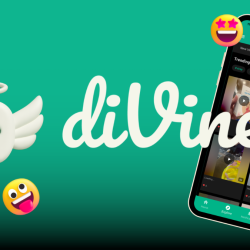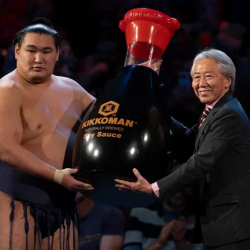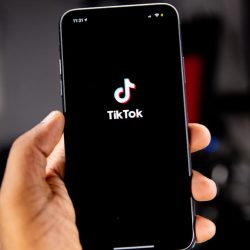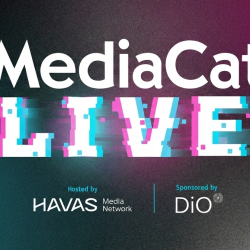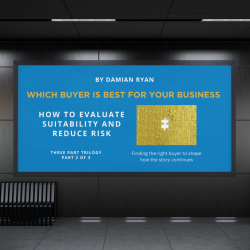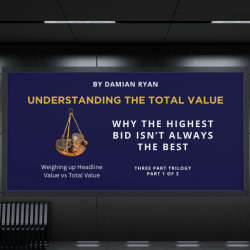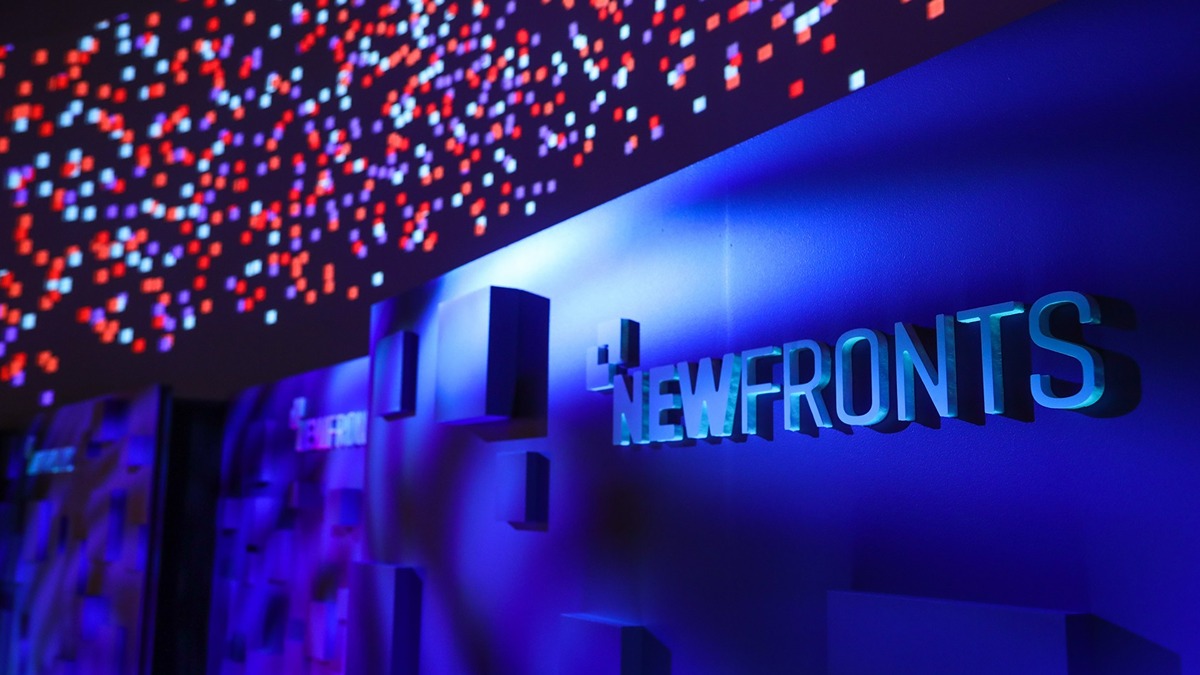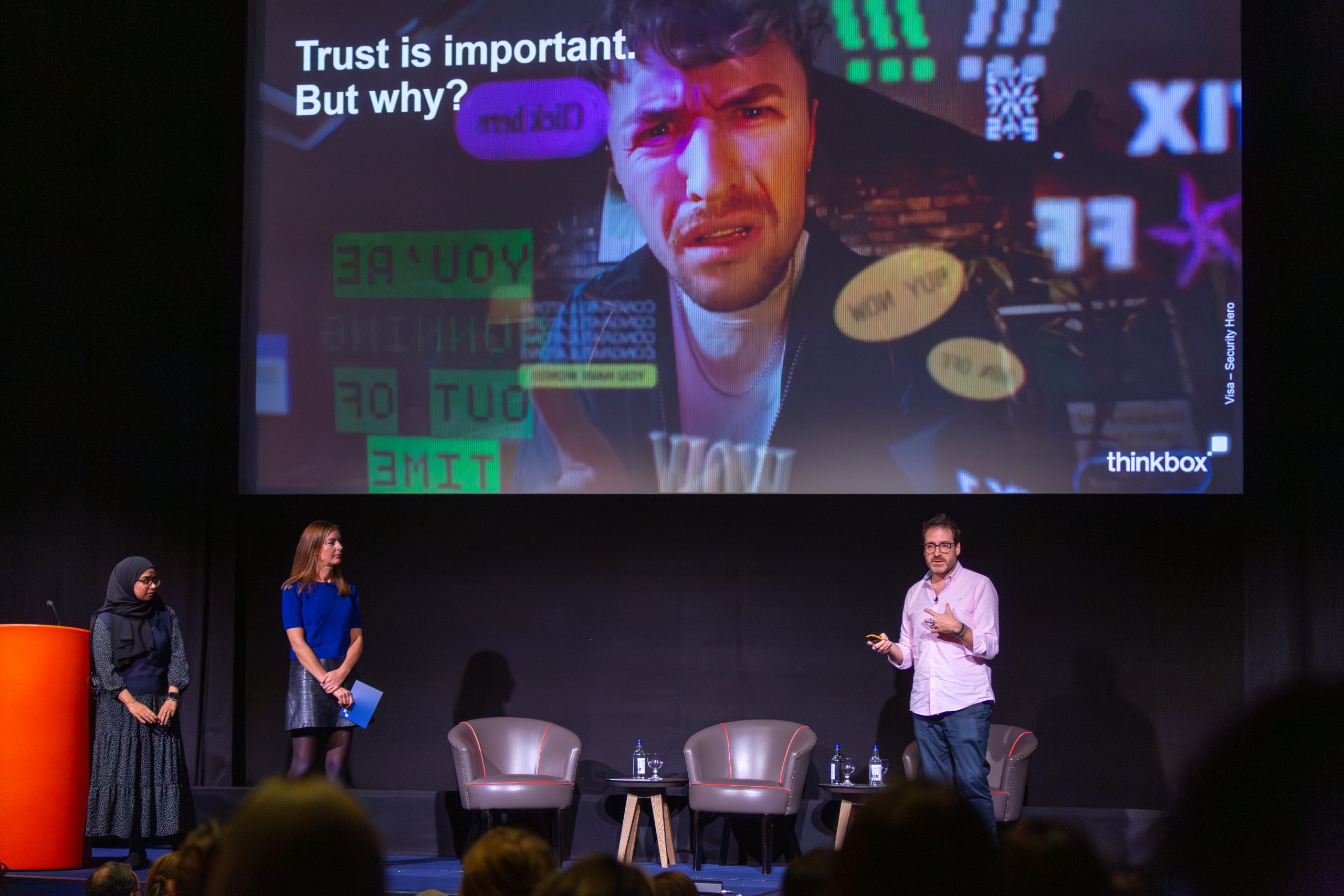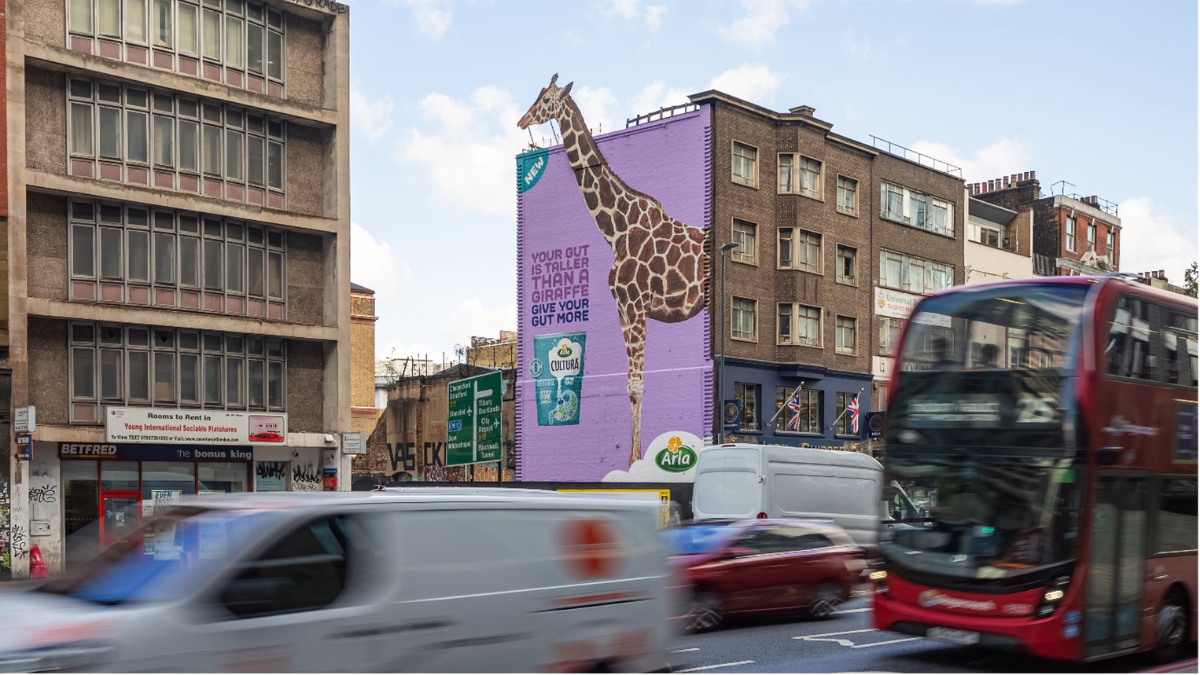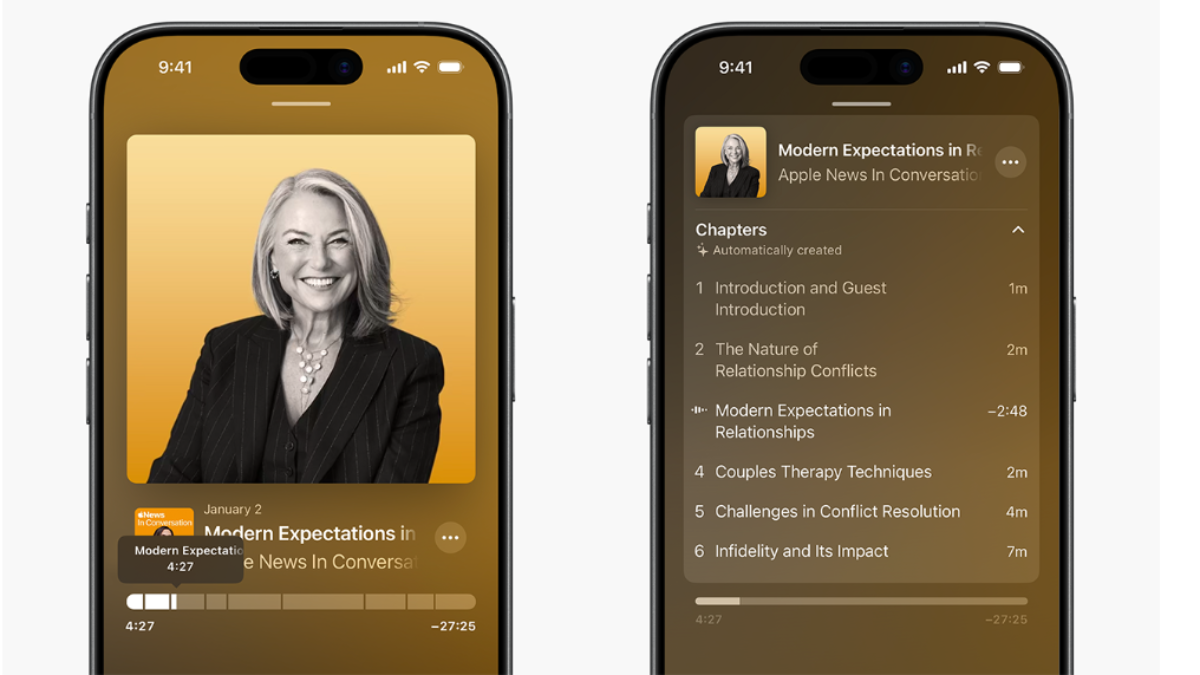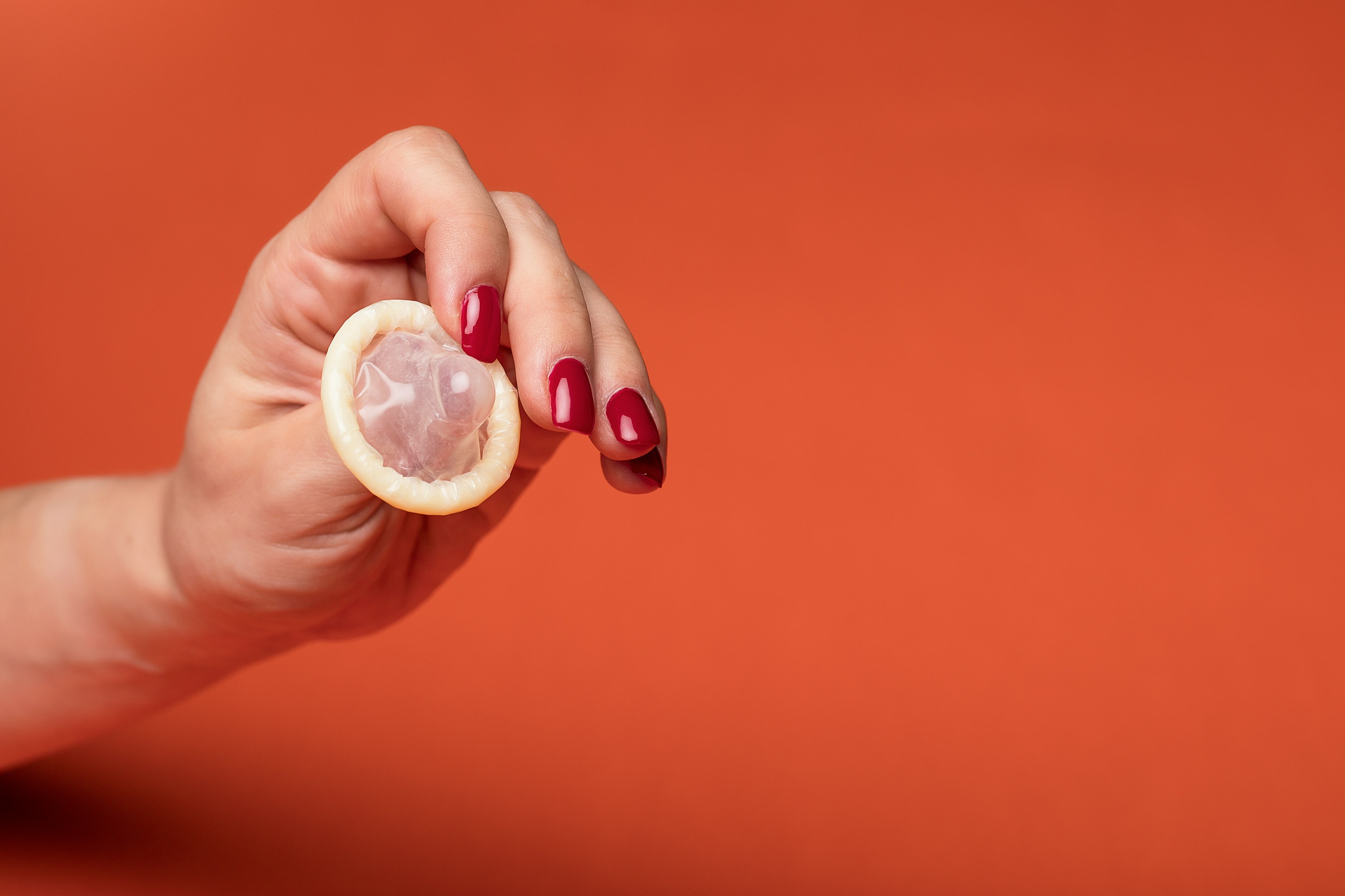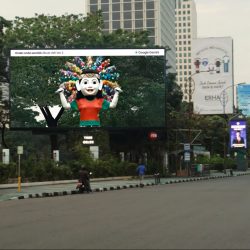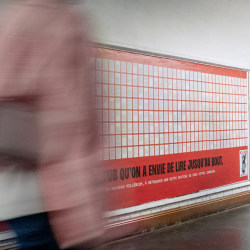Every company at the 2025 IAB NewFronts had a system, a surface or a smart TV screen to sell. Some of these launches were genuinely new, and some were old tricks with better naming conventions. All of them revealed how platforms want their media bought — and how far they’ll go to make that buying feel efficient, contextual or just slightly less chaotic.
Samsung Ads: the screen is the strategy
What is it? As a part of its ‘Screens Everywhere’ vision, Samsung is turning every surface it has into a potential ad channel, starting with TV. Headlining the push:
- Creative Canvas: full-screen video with QR overlays and lead-gen tools
- ShoppingBreaks: creator-hosted, shoppable content embedded in Samsung TV Plus ad breaks
- GameBreaks: interactive trivia pods that gamify passive commercial time
- Samsung Television Network (STN): a curated FAST channel that will carry all of the above
What good is it? Samsung now owns the screen, the programming and the ad layer, which means it can deliver closed-loop performance campaigns across its TV ecosystem, all by itself.
Planner takeaway: Samsung wants to collapse the funnel on its own terms. And if fridge doors really do start serving ads, it may not stop at the living room.
Tubi: retail logic, without the walled garden
What is it? Tubi revealed a suite of new formats designed to make its FAST (free ad-supported streaming television) platform shoppable, scrollable and more performance-ready. Highlights include:
- Wrappers: homepage takeovers with trailers, animated backdrops and branded UI
- Carousels: interactive product showcases with CTAs, video and imagery
- Pause ads: looping, sound-off video triggered when users pause content
- Moments: scene-level tagging for tone and sentiment-based contextual targeting
- Storefronts: second-screen commerce experiences built into the Tubi Shop, powered by Shopsense AI
What good is it? These formats retrofit retail media thinking into the FAST model: no ecosystem lock-in, no creative over-engineering. Just homepage real estate, contextual prompts and a few smart QR codes. It’s not flashy, but it’s frictionless — and that works.
Where it fits: If Samsung wants to own the sale, Tubi just wants to get in the basket.
LG Ads: the home screen becomes the ad unit
What is it? LG Ads unveiled a range of formats designed to monetise its smart TV home screen. These included 3D ads (which look like they’re coming out of the screen), new interactive ad units with QR and add-to-cart features (via BrightLine), as well as plans to bring branded social video — think Instagram Stories and TikToks — to the biggest screen in the house, via a partnership with Spaceback.
What good is it? LG is selling the moment before the stream. These formats catch users in browse mode, with high-contrast creative built to stop the scroll. The ACR data rollout adds a layer of targetability, even if it doesn’t yet match Samsung’s depth or Tubi’s ease.
Media logic: LG is building a welcome mat. For advertisers priced out of Samsung’s ecosystem, LG’s home screen is a viable point of entry.
Vizio: proof, not polish
What is it? Vizio gave advertisers their first look at what being owned by Walmart really means: closed-loop CTV campaigns tied directly to online and in-store purchases. It’s less new format than new pipeline: brands buy media on Vizio, Walmart handles the attribution. Online, in-store, matched back to screen.
What good is it? Vizio claims a footprint of 79 million American adults. With CPMs reportedly in the low $20s and expected minimum spends around $200K, this isn’t built for testing. It’s for brands that already know what they’re selling and want proof it moved.
The real story: Vizio just became Walmart’s streaming shelf. If the other platforms are still dressing up impressions, this one skips straight to the receipt.
Amazon: shoppable, pausable, personalised
What is it? Amazon unveiled three new formats ahead of its upfront presentation:
- Scene-aware Pause Ads: AI-driven creative executions, contextually aligned to what’s on screen, triggered when a show is paused
- Add-to-Cart Overlays: on-Amazon shoppable units that let viewers add items mid-stream
- Send-to-Phone Ads: for off-Amazon brands, offering mobile redirects for further info
These formats run across ad-supported Prime Video, which now reaches 130 million monthly viewers, 88% of whom have also shopped on Amazon.
What good is it? Amazon’s turning ad breaks into buying cues. Whether it’s product, placement or purchase, everything is designed to close the loop — with minimal friction and maximum relevance. If you’re watching a beach drama, don’t be surprised if the pause screen suggests sun cream.
One step ahead: Prime Video’s ad tier reaches 115 million monthly users. Add Amazon’s retail targeting and on-platform checkout, and this is what everyone else is now scrambling to build.
YouTube: Creators categorised
What is it? YouTube announced upgrades to its creator ad infrastructure. Most notably:
- AI-powered Creator Search (in beta), part of its new Insights Finder tool, designed to match brands with relevant creators using natural-language queries
- Partnership Ads in DV360, extending co-branded content into Google’s programmatic environment
- Expanded Creator Takeovers, letting brands pay for creator-led intros in their videos — think direct endorsements as pre-roll spots
- New APIs, giving influencer platforms third-party access to creator performance data and discovery
What good is it? YouTube is turning its creator economy into inventory you can brief. The search tools are built to close the gap between media and influencer teams, while Partnership Ads and Takeovers make it easier to integrate creator output into scalable campaign formats.
Planner cue: Shorts now drives over 70 billion daily views. For brands that want short-form reach without TikTok’s volatility, this is the platform that shows up in the deck.
TikTok: Pulse gets sharper
What is it? TikTok revealed a refresh of its Pulse Suite, the toolset that lets brands run next to what’s trending. New additions include:
- Pulse Core: placements built around themed or seasonal content
- Max Pulse: inventory next to the top 4% of videos on the platform
- Custom Lineups: AI-curated packages matched to brand briefs
- Pulse Premiere: expanded access to publisher content (Formula 1, Red Bull, Warner Bros Discovery now onboard)
The platform also teased sponsored search ads, allowing brands to appear around intent-led queries, and new cultural sponsorships through big live events.
What good is it? TikTok is turning trends into inventory — packaged, ranked, and briefable. For brands without a content engine or the stomach for risk, Pulse now offers a cleaner way in.
Strategic lens: Pulse started as a workaround and now it’s the product. TikTok’s signalling it wants to be on the upfront plan, not the test-and-learn one.
Instagram: Reels gets adjacency
What is it? In a similar vein, Meta is testing Trending Ads on Reels — placements that run immediately after the platform’s most engaging creator videos. Brands can opt into trending content overall or target specific categories like beauty, sport or fashion. It’s Meta’s version of TikTok Pulse: cultural adjacency as inventory.
What good is it? Reels has always been a reach channel with limited nuance. This format adds a little, letting brands show up next to moments that already have momentum. There’s no creative lift, no targeting precision, just AI-ranked relevance and an opportunity to be near the thing people are watching (not the thing they’re skipping).
System logic: If Reels is going to be the default surface, it needs to work like one: brief-able, measurable, and predictable enough to scale.
Facebook: creator formats follow the feed
What is it? Meta also shared that its expanding Facebook’s creator formats with a few subtle upgrades:
- Live Partnership Ads: brands can now boost creator livestreams
- Video Expansion: AI adapts video assets to fit short-form environments
- AI content suggestions via Partnership Ads Hub
What good is it? Facebook may not be the buzziest platform, but it still reaches scale. These tools let brands amplify what’s already working without building bespoke content.
Where it fits: This is Facebook settling into its role as the stable middle. No fanfare or flash, just tools that make existing content work a little harder. For media teams managing legacy spend, that’s often exactly what’s needed.
Threads: now with moving parts
What is it? As of April 2025, Threads supports in-feed video ads — 16:9 or 1:1 formats that slot between organic posts. Like other Meta surfaces, Threads ads run via Ads Manager and benefit from the same targeting, optimisation and reporting stack.
What good is it? Threads is now home to 350 million monthly active users, and Meta’s moving fast to fold it into the paid media machine. Video may feel abrupt in a still-lightly social environment, but the mechanics are already user-familiar and the cost is still low.
Media reality: Threads isn’t trying to build behaviour. It’s a clean, monetised bolt-on to what’s already there: video reach, lower CPMs and one more slot for the Meta media plan.
Snapchat: packaging culture as inventory
What is it? Snap introduced a slate of new ad slots shaped around messaging ads and live events. Leading the push is Under the Ghost, a Snap-produced live music series bundled with Sponsored Snaps, creator content and Total Takeover placements.
The company also pushed deeper into Chat as media, expanding Sponsored Snaps — direct message-style ads — and introduced First Snap, a daily takeover that drops a brand’s video into users’ inboxes, pinned above their friends.
What good is it? Snapchat’s biggest surfaces were always cultural: music, chat, creators. Now they’re structured. And with tools like Smart Bidding rolling out quietly in the background, Snap’s getting easier to buy without losing its edge.
Content as a container: Snap’s not just surfacing culture. It’s selling it, pre-assembled. That might be enough to stay in the sponsorship mix.
Google: selling the plan, not just the placement
What is it? Google pitched DV360 not as a DSP, but as a decision engine. New features include:
- AI-curated media packages built from natural language prompts
- A retail media layer with audience data from Costco, United Airlines and others
- Live event inventory via YouTube and CTV
- And Gemini-powered reporting that lets planners ask things like ‘How many impressions led to conversions?’
These stack on top of last year’s audience persona tool, which Google says has driven a 70% lift in video completions.
What good is it? It’s not a new format, but a workflow upgrade worth knowing about. Planning gets conversational, targeting gets retail logic. And the whole thing’s built to keep DV360 indispensable, even as the DOJ tries to dismantle the stack it sits on.
Planning read: This is Google selling the buy itself as the product. Not a slot. Not a screen. Just the answer to: “Where should we spend?”

